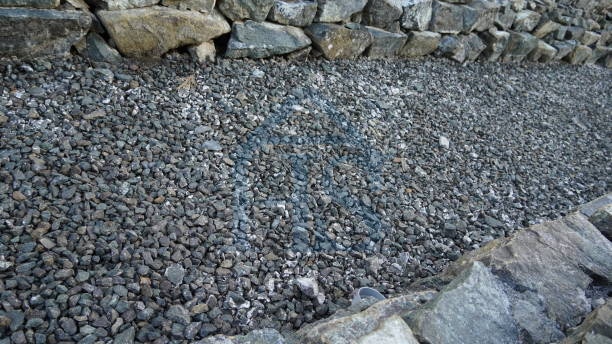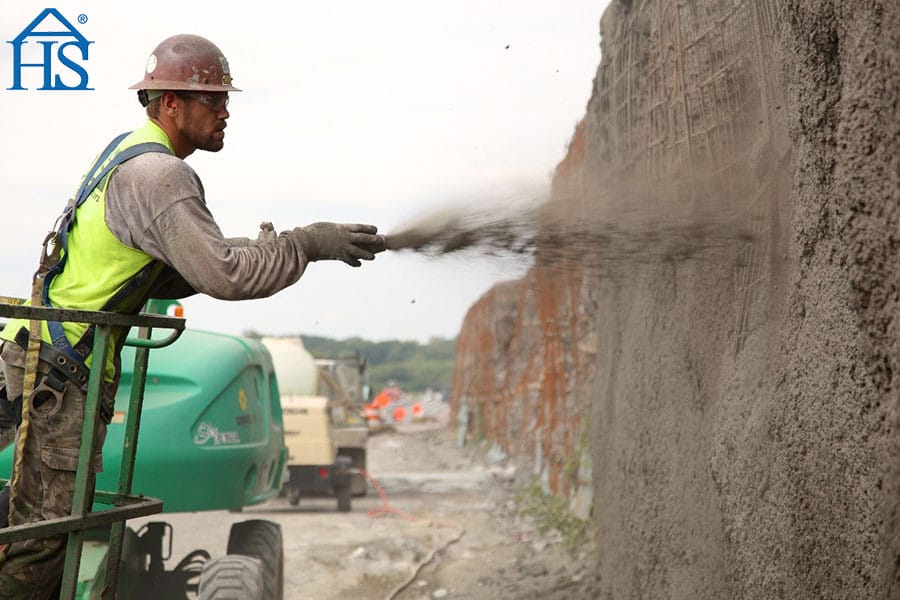AASHTO M307 and ASTM C1240 are two standards for silica fume (microsilica) that define its use in cementitious materials. While both ensure quality and performance, they differ slightly in terms of scope and specific requirements. Below are the main differences:
| Attribute | AASHTO M307 | ASTM C1240 |
|---|---|---|
| Scope | Roads, bridges, and transportation infrastructure | General-purpose construction, industrial, and civil projects |
| Chemical Composition | Stricter impurity control (e.g., iron oxide) | Focuses on LOI and alkali content |
| Physical Properties | Stricter durability-related requirements | General performance requirements |
| Testing Methods | Emphasizes durability testing | Broader general-purpose performance testing |
1. Issuing Organization and Scope
- AASHTO M307
- Issued by: American Association of State Highway and Transportation Officials (AASHTO).
- Scope: Primarily focuses on applications in roadways, bridges, and other infrastructure projects, targeting the transportation sector.
- Emphasizes silica fume use in transportation infrastructure, especially for projects requiring high durability.
- ASTM C1240
- Issued by: American Society for Testing and Materials (ASTM).
- Scope: Applies to a wide range of projects, including building, civil, and industrial applications.
- General-purpose standard suitable for all cementitious material applications.
2. Chemical Requirements
Both standards have similar chemical composition requirements, but with slight differences:
- SiO₂ Content: Both require a minimum silicon dioxide (SiO₂) content (typically ≥85%).
- Impurities:
- AASHTO M307: May have stricter limits on alkali, iron oxide, and other impurities to meet durability needs in transportation projects.
- ASTM C1240: Focuses on controlling carbon content (LOI, loss on ignition) and soluble alkalis but does not specifically target transportation-related conditions.
3. Physical Properties
- Fineness (Specific Surface Area):
- Both standards require high specific surface area for silica fume to ensure reactivity in cementitious materials (typically measured by BET methods).
- AASHTO M307 may place more emphasis on how fineness contributes to permeability reduction and durability.
- Density and Particle Size Distribution:
- ASTM C1240 allows broader requirements to accommodate various applications.
- AASHTO M307 may impose stricter limits tailored to the performance of infrastructure concrete.
4. Performance Testing and Certification
- ASTM C1240
- Provides detailed testing methods, including direct performance testing of silica fume blended with portland cement (e.g., compressive strength, porosity).
- Focuses on adaptability across diverse environments.
- AASHTO M307
- Focuses more on infrastructure-related tests, such as sulfate resistance, chloride permeability, and freeze-thaw cycles.
- Requirements align closely with durability metrics for highways and bridges.
5. Application Differences
- AASHTO M307
- Better suited for infrastructure projects requiring high durability, such as bridges, tunnels, harbors, and roads.
- Highlights silica fume’s role in reducing permeability and enhancing resistance to chemical attacks.
- ASTM C1240
- Widely used in general concrete applications, including high-strength concrete, shotcrete, and other construction needs.
- Caters to a more diverse range of market requirements.





